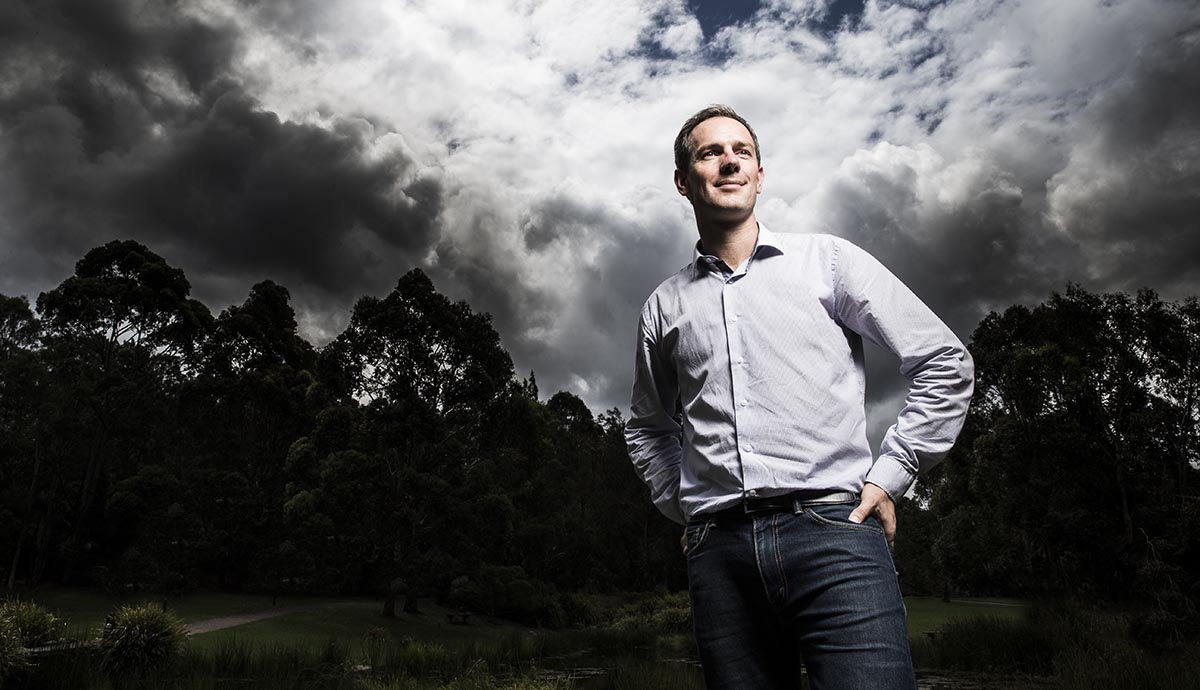June 15, 2018
UOW researchers awarded $1.6M in ARC Linkage Project grants
Industry collaborations to deliver practical solutions to real-world problems
A research project to help people with a disability get into the workforce, another to help find potential diamond mining regions, and a third to develop lead-free crystals for use in ultrasound have been allocated funding under the Australian Research Council (ARC) Linkage Projects scheme.
Federal Minister for Education and Training Simon Birmingham announced the latest round of ARC Linkage Project grants this morning (Friday 15 June).
The Linkage Projects scheme brings university researchers together with industry partners to undertake new research project collaborations that will deliver practical solutions to real-world problems.
Total funding for the three successful UOW projects amounts to $1,646,000. A Linkage Project grant was also awarded to another UOW project, to give the critically endangered southern corroboree frog a “silver-spoon start to life”, earlier this year.
UOW Deputy Vice-Chancellor (Research and Innovation) Professor Judy Raper welcomed the announcement and congratulated the successful applicants.
“The variety of the projects to be awarded funding under the ARC Linkage Projects scheme is indicative the world-class research being undertaken at the University across all disciplines,” Professor Raper said.
“It also reflects our focus on collaborating with industry and other research partners to find innovative solutions to real-world problems.”
The successful grants for UOW were:
Greater inclusion of people with disability in Australian workplaces
Associate Professor Melanie Randle (pictured above) from UOW’s School of Management, Operations and Marketing is leading the project to increase workplace participation of people with a disability, which was awarded $455,000 in funding from the ARC and the partner organisation.
The study is aligned to the rollout of the National Disability Insurance Scheme (NDIS), which aims to empower people with a disability to build skills that enable them to participate fully in society, including in employment.
The economic viability of the NDIS assumes 74,000 people with a disability and their carers will enter the workforce, saving $2 billion in support and contributing $23 billion to GDP. However, workforce participation of people with a disability remains low, largely due to discrimination and negative employer attitudes.
Professor Randle’s research group will develop a model of successful employment for people with a disability; understand the reasons why employers differ in their willingness to hire people with a disability; develop social marketing messages that target key segments of employers; and test their effectiveness in improving employer attitudes and reducing barriers to hiring people with a disability.
Project partners are University of Queensland and the NSW Department of Family and Community Services.
Dynamic Earth models for frontier diamond exploration
 Dr Nicolas Flament from the School of Earth and Environmental Sciences has received ARC Linkage Project funding for a study that will develop a tool to improve the fundamental understanding of Australia’s diamond resources.
Dr Nicolas Flament from the School of Earth and Environmental Sciences has received ARC Linkage Project funding for a study that will develop a tool to improve the fundamental understanding of Australia’s diamond resources.
Dr Nicolas Flament, an ARC Discovery Early Career Researcher Award Fellow from UOW’s School of Earth and Environmental Sciences, will lead the project to map areas of potential for diamond exploration, with De Beers – Exploration Canada as the industry partner.
The project has total funding of $492,000 from the ARC and partner organisation. The project will investigate the link between continent motion and mantle upwelling over the past billion years by combining tectonic reconstructions and recently developed dynamic
Earth models with the global and Australian rock record. Mantle upwelling is thought to cause eruptions of large volcanic provinces and kimberlites, the primary source rock for diamonds.
The study will develop a tool to improve the fundamental understanding of Australia’s diamond resources, and for industry to improve exploration targeting predictions for kimberlites.
Exploration of lead-free ferroelectric crystals for transducer applications
Professor Shujun Zhang from UOW’s Australian Institute for Innovative Materials will lead the project to develop ferroelectric crystals for transducer applications. The transducer is the part of an ultrasound machine that generates and receives sound waves using a principle called the piezoelectric (pressure electricity) effect.
Thales Australia and Ceracomp are the partner organisations for this project, which has total funding of $699,000 from the ARC and the partner organisations.
Most ultrasound transducers currently use lead-based ferroelectrics. However, lead is highly toxic with harmful effects on human health and the environment. Changes in legislation worldwide are driving the development of lead-free piezoelectric materials.
Professor Zhang’s research group will investigate lead-free crystals with potentially high piezoelectric properties. The project will benefit Australian industry by providing knowledge and technology of crystal growth, enabling advanced ultrasound transducers for medical imaging and underwater acoustic applications.
:format(jpg)/prod01/channel_3/assets/live-migration/www/images/content/groups/public/web/media/documents/mm/uow248331.jpg)